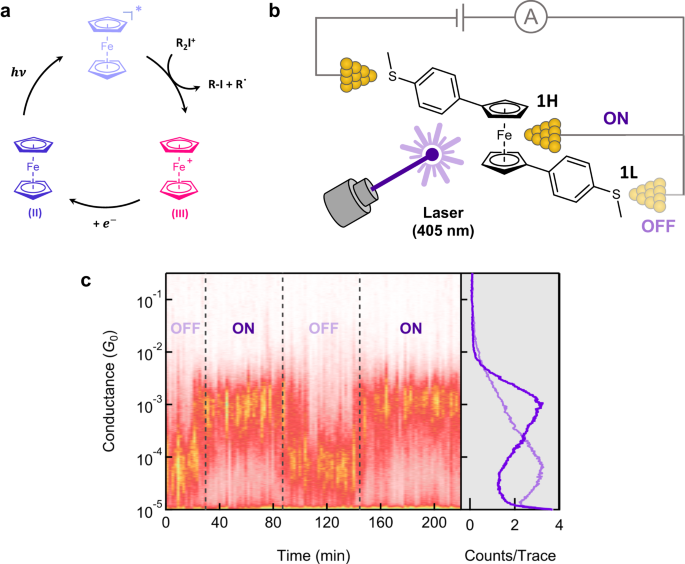2024-03-04 パシフィック・ノースウェスト国立研究所(PNNL)
<関連情報>
- https://www.pnnl.gov/publications/interpretable-and-physics-aware-neural-networks-improve-modeling-turbulence-near
- https://journals.ametsoc.org/view/journals/atsc/81/2/JAS-D-23-0094.1.xml
レイリーベナール対流のLES壁面モデリングとDNSを用いた解釈可能で物理学に配慮したフィードフォワードニューラルネットワークの検討 An Investigation of LES Wall Modeling for Rayleigh–Bénard Convection via Interpretable and Physics-Aware Feedforward Neural Networks with DNS
Aaron Wang,Xiang I. A. Yang, and Mikhail Ovchinnikov
Journal of Atmospheric Sciences Published:12 Feb 2024
DOI:https://doi.org/10.1175/JAS-D-23-0094.1

Abstract
The traditional approach of using the Monin–Obukhov similarity theory (MOST) to model near-surface processes in large-eddy simulations (LESs) can lead to significant errors in natural convection. In this study, we propose an alternative approach based on feedforward neural networks (FNNs) trained on output from direct numerical simulation (DNS). To evaluate the performance, we conduct both a priori and a posteriori tests. In the a priori (offline) tests, we compare the statistics of the surface shear stress and heat flux, computed from filtered DNS input variables, to the stress and flux obtained from the filtered DNS. Additionally, we investigate the importance of various input features using the Shapley additive explanations value and the conditional average of the filter grid cells. In the a posteriori (online) tests, we implement the trained models in the System for Atmospheric Modeling (SAM) LES and compare the LES-generated surface shear stress and heat flux with those in the DNS. Our findings reveal that vertical velocity, a traditionally overlooked flow quantity, is one of the most important input features for determining the wall fluxes. Increasing the number of input features improves the a priori test results but does not always improve the model performance in the a posteriori tests because of the differences in input variables between the LES and DNS. Last, we show that physics-aware FNN models trained with logarithmic and scaled parameters can well extrapolate to more intense convection scenarios than in the training dataset, whereas those trained with primitive flow quantities cannot.
Significance Statement
The traditional near-surface turbulence model, based on a shear-dominated boundary layer flow, does not represent near-surface turbulence in natural convection. Using a feedforward neural network (FNN), we can construct a more accurate model that better represents the near-surface turbulence in various flows and reveals previously overlooked controlling factors and process interactions. Our study shows that the FNN-generated models outperform the traditional model and highlight the importance of the near-surface vertical velocity. Furthermore, the physics-aware FNN models exhibit the potential to extrapolate to convective flows of various intensities beyond the range of the training dataset, suggesting their broader applicability for more accurate modeling of near-surface turbulence.



